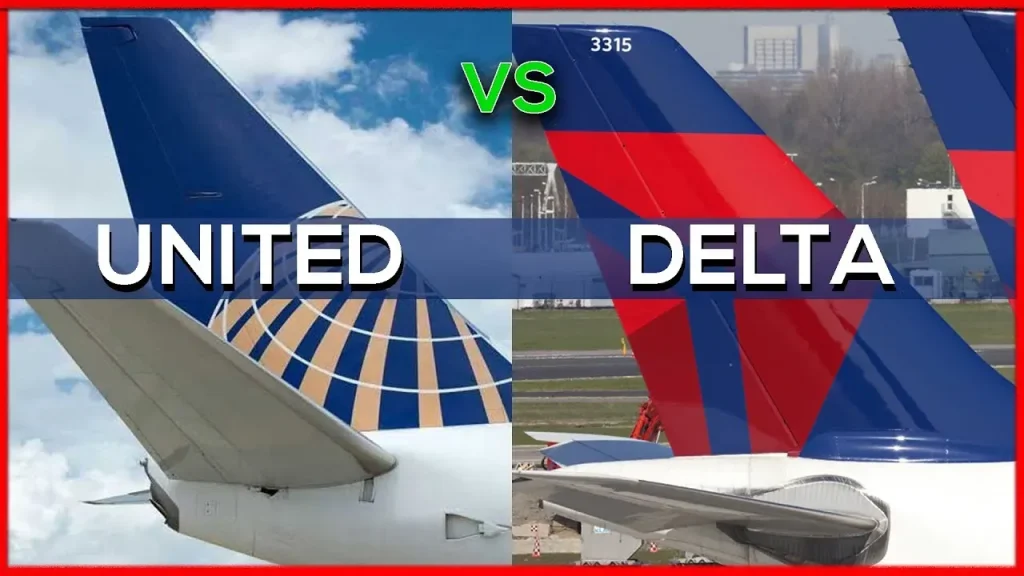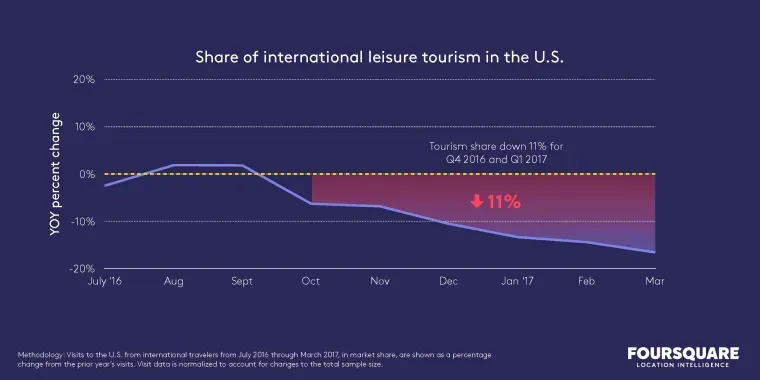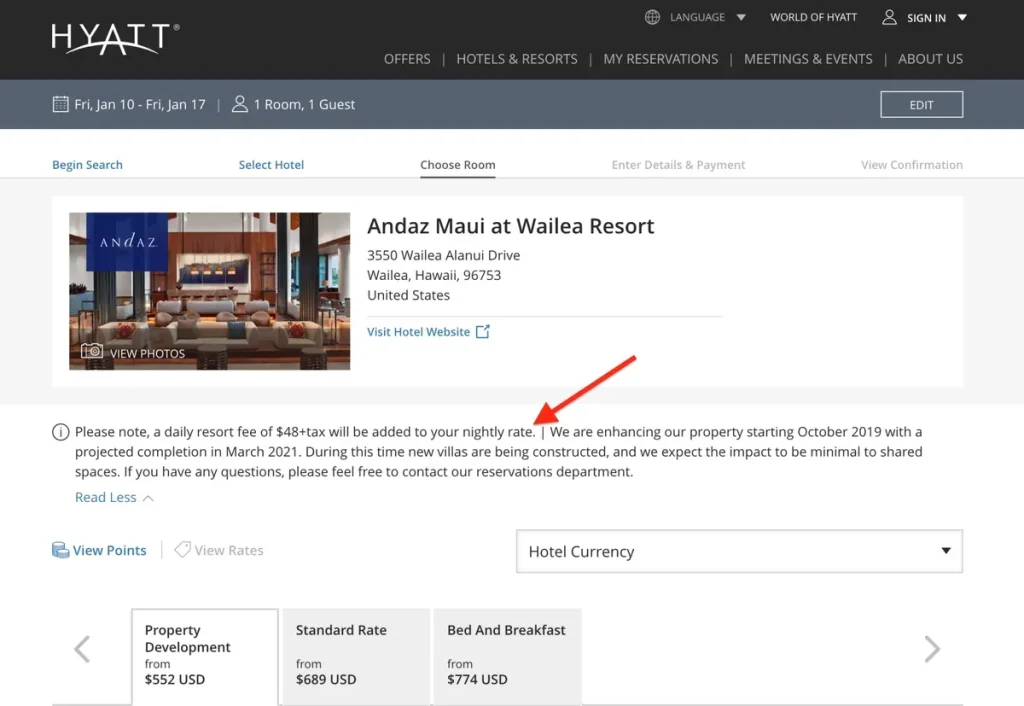Delta and United Airlines have emerged as dominant forces in the competitive airline industry, pulling far ahead of their rivals by strategically focusing on premium travel and international flight demand trends. These two carriers accounted for over 86% of the profits reported by the seven largest U.S. airlines last year, significantly outpacing their competitors amid a landscape marked by fluctuating flight demand and operational challenges. Delta’s strategies emphasizing high-margin premium seating and loyalty programs have fortified its market position, enabling the airline to thrive despite overall industry uncertainties. Meanwhile, United Airlines has also demonstrated resilience, projecting growth through the continued recovery of international travel while adapting to changing market dynamics. As airline profits remain a crucial indicator of success, Delta and United’s ability to harness premium customer segments sets the stage for a promising future in the ever-evolving aviation sector.
In the realm of commercial aviation, the landscape is heavily influenced by key players such as Delta and United Airlines, renowned for their commitment to enhancing passenger experience and profitability. These operators have successfully navigated through turbulence in the industry, particularly in the face of fluctuating demand and supply constraints, by pivoting towards premium travel options that attract discerning travelers willing to invest more for comfort. As they capitalize on market opportunities, both airlines are not merely focusing on maintaining operational capacity but are also implementing innovative strategies to boost revenues and adapt to evolving consumer preferences. The focus on upscale offerings, international routes, and refined customer engagement programs illustrates a concerted effort to secure and expand their market share in a competitive environment. With the potential for airline profits to shift based on evolving flight demand trends, Delta and United are strategically positioned to lead the charge in redefining air travel.
The Competitive Edge of Delta and United Airlines
In an airline landscape that has been marred by oversupply and fluctuating demand, Delta Air Lines and United Airlines have stepped into a dominant position. Collectively, these airlines have reported impressive profits amid challenging market conditions, outpacing their competitors significantly. With over 86% of profits from the largest U.S. airlines, Delta and United’s ability to adapt their strategies to focus on premium travel offerings has made them resilient against airline profit challenges. This strategy leverages the growth of premium seating and international travel, catering to a market segment that is less sensitive to price fluctuations and more inclined toward enhanced travel experiences.
Moreover, the strong brand loyalty cultivated by both Delta and United plays a crucial role in their success. As CEO Scott Kirby of United Airlines noted, these two carriers are not just surviving—they are thriving while others are lagging behind. Their networks are optimized for international routes, which tend to bring in higher revenue per seat than domestic routes, and their commitment to premium travel has increased profit margins significantly over the past year. As the airline industry continues to navigate through various economic pressures, Delta and United are positioned to not only weather these storms but emerge as leaders.
Navigating Flight Demand Trends in 2025
Flight demand trends for the current year have displayed significant shifts, affecting how airlines operate. While overall domestic travel has been weaker than anticipated, leading to drops in average airfares, Delta and United have demonstrated an ability to maintain their profitability through shifts in consumer preferences. Despite the apparent struggles of other airlines that focus predominantly on coach class travel, Delta and United have adapted by concentrating on premium seating and international routes, allowing them to mitigate losses spurred by a decrease in demand. This clever pivot has helped stabilize their operations amidst what has proven to be a tumultuous year for many carriers.
The future for Delta and United looks optimistic despite potential downturns in domestic travel. Both airlines have already adjusted their forecasts for 2025, reflecting a more informed confidence in their ability to harness premium travel, which remains a significant revenue stream. For instance, United’s CEO indicated potential growth driven by international demand, particularly with lucrative trans-Pacific routes entering a new era of travel rejuvenation. As the industry evolves, the adaptability of Delta and United in response to flight demand trends sets a precedent for success that many of their competitors are striving to achieve.
The Importance of Premium Travel in Airline Profits
Premium travel offerings have become increasingly vital to airline profitability, particularly for Delta and United Airlines. As mentioned in their quarterly reports, an impressive revenue increase from premium seating arrangements underscores how these strategies are not only sustainable but essential in an industry facing numerous challenges. While inexpensive fares may attract casual travelers, it is the premium class that provides airlines with the higher margins necessary to remain profitable. Delta’s reported 5% increase in premium fare revenues showcases the enduring demand among travelers willing to invest more for enhanced services and amenities.
Moreover, Delta and United’s focus on premium travel is complemented by their loyalty programs, which foster repeat business and brand loyalty among frequent flyers. By investing in their premium lines and prioritizing customer satisfaction, these airlines have solidified their market positions and reduced the impacts of the economic variables affecting ticket prices and demand fluctuations. As travel patterns continue to evolve, with increasing appetite for international experiences, the strategies implemented by Delta and United demonstrate a keen understanding of market demands and an unwavering commitment to enhancing their profitability.
Adjusting Capacity Plans Amidst Market Fluctuations
Faced with the ongoing challenges of fluctuating travel demand, Delta and United Airlines have strategically adjusted their capacity plans to better align with market conditions. While several airlines find themselves in a crisis, struggling to maintain profitable operations during peak travel periods, both Delta and United are proactively reducing their flight capacity in response to current trends. This shift is crucial in combating the decline in domestic travel popularity, especially among price-sensitive consumers perceiving higher airfares in the market. Instead of flooding the market with flights, which often leads to financial strain, the two carriers are adopting a more refined approach to capacity management, paving the way toward sustained profitability.
Additionally, this reduction in capacity reflects a broader acknowledgment among airlines of the need to remain flexible and responsive to potential market changes. By focusing on premium travel routes that have shown consistent demand, Delta and United are not just reacting to current conditions but are also setting themselves up for future success. The ability to adapt quickly is an essential trait in the ever-evolving airline industry, and the moves made by Delta and United are indicative of their foresight and strategic planning as they navigate these turbulent waters.
Future Strategies for Revenue Generation in Airlines
As airlines seek new avenues for revenue generation, the strategies being adopted by Delta and United Airlines are noteworthy. Delta has taken bold steps to improve its premium services by testing innovative segmentation strategies that build upon the tried-and-true methods already successful in the economy class. This approach aims to maximize profitability by offering varied services at multiple price points within the premium class. With the understanding that margins in the airline industry can be razor-thin, this focus on service enhancements aims to capture a larger share of the lucrative market segment that is hungry for premium experiences.
Similarly, United’s launch of a revamped Polaris cabin exemplifies the industry’s shift toward catering to high-end travelers. The introduction of exclusive lounges and an expanded premium economy class demonstrates a concerted effort to enhance traveler experiences while simultaneously increasing revenue streams. In a competitive atmosphere where both Delta and United are recognizing the need to innovate continually, it becomes clear that developing unique and premium offerings is vital for sustaining growth and accumulating wealth for their respective companies.
Profit Margins in the Airline Industry: Delta and United’s Success
Understanding the intricate profit margins within the airline industry provides critical insight into why Delta and United Airlines continue to thrive when others are faltering. With general margins hovering below 4%, the focus on premium services has proven to be a key differentiator for these two carriers, allowing them to maintain margins closer to 20%, significantly higher than their competitors. By targeting international markets and high-yield customers, both Delta and United have adeptly positioned themselves to capitalize on opportunities that yield higher revenues, thus insulating their bottom line from the volatility commonly seen in domestic travel.
Furthermore, the increase in revenue per available seat mile for premium classes represents a pivotal shift that underscores the viability of such strategies. Both airlines have recognized that merely filling seats is not enough; rather, they must cultivate premium segments that offer excellent returns. Delta’s advantages, reinforced by its successful partnerships and investments in premium offerings, provides a model for other airlines struggling to find their footing in a challenging market. In essence, Delta and United’s focus on maximizing profit through strategic segmentation in service enhances their reputational standing and affirms their market leadership.
Challenges Faced by Domestic-Focused Airlines
While Delta and United Airlines are basking in the success of their premium travel strategies, many domestic-focused airlines encounter significant hurdles. As the market adjusts, it is evident that those airlines solely reliant on domestic routes face difficulties due to weak demand from price-sensitive travelers. The drop in overall domestic travel demand has compelled these carriers to rethink their operations, ultimately facing challenges recapturing profitability. With airfares decreasing, the financial outlook for airlines that concentrate primarily on domestic services continues to appear bleak, hampering their ability to match the performance of giants like Delta and United.
Additionally, the competition is not limited to ticket pricing; operational efficiency and fleet management also play vital roles in sustainability. Many airlines are struggling to find ways to cut costs while still maintaining sufficient levels of customer satisfaction and service quality. The revenue generated from domestic travel is simply not comparable to the advantages provided by international routes and premium offerings. For domestic-focused airlines, the challenge lies in reassessing their market strategies to navigate through these rough waters effectively, especially as Delta and United forge ahead with their robust premium travel portfolios.
Delta and United: A Look Towards Future Growth
As both Delta and United Airlines continue to experience growth, their forward-looking strategies paint an optimistic picture for the airline industry at large. Both carriers have adapted well to flight demand trends post-pandemic, suggesting significant increases in international travel and a resurgence of premium services. As articulated by industry analysts, the future appears bright for these airlines, especially with their commitment to enhancing passenger experiences and loyalty initiatives that yield long-term customer retention. This proactive stance is vital for sustaining growth in an industry characterized by rapid fluctuations and external pressures.
Furthermore, Delta and United’s foresight in addressing challenges, such as air traffic control shortages and capacity management, exemplifies their leadership approach within the market. As they continue to optimize their operational capabilities and focus on premium offerings, growth prospects appear promising. Future expansions of their routes, particularly in regions exhibiting rising demand, will serve to reinforce their positions further. The experience, insights, and adaptive strategies of Delta and United are likely to influence how other airlines maneuver through the complexities of the aviation market in the years ahead.
Frequently Asked Questions
How are Delta and United Airlines navigating airline profits amid fluctuating flight demand trends?
Delta and United Airlines are effectively navigating airline profits by focusing on premium travel services and international routes, despite a challenging environment due to fluctuating flight demand trends. Their strategies include enhancing loyalty programs and offering premium seating options that cater to affluent travelers, setting them apart from competitors.
What strategies are Delta and United Airlines using to increase their growth in contrast to their competitors?
Delta and United Airlines employ targeted strategies to enhance growth, such as increasing capacity for international travel and premium services. By emphasizing customer loyalty and segmenting their offerings, both airlines have managed to capture a significant share of the market, leading to improved profitability compared to their competitors.
What impact does premium travel have on Delta and United Airlines’ performance compared to other airlines?
Premium travel significantly boosts Delta and United Airlines’ performance, contributing to their strong profits even when other airlines struggle. The focus on high-margin premium classes allows both airlines to maintain profitability amid challenges in the broader market, highlighting the differential impact of premium offerings.
How have Delta’s strategies affected its leadership position in the airline industry?
Delta’s strategies, particularly its focus on premium travel and loyalty programs, have solidified its leadership position in the airline industry. By successfully adapting to changing flight demand trends and enhancing customer experience, Delta has outperformed many competitors, securing a substantial portion of airline profits.
What insights do flight demand trends provide about the future growth prospects of Delta and United Airlines?
Current flight demand trends suggest positive growth prospects for Delta and United Airlines, particularly in international and premium travel sectors. As demand stabilizes and shifts toward higher-paying customers, both airlines are poised to benefit, with forecasts indicating potential growth, especially in premium seating classes.
How do Delta and United Airlines maintain profitability during downturns in domestic flight demand?
Delta and United Airlines maintain profitability during downturns in domestic flight demand by pivoting towards international travel and enhancing premium seating options. Their strategic focus on loyal customers and premium service offerings helps them weather challenges that affect other airlines heavily reliant on domestic travel.
What are the future challenges Delta and United Airlines may face in sustaining their profits?
Future challenges for Delta and United Airlines in sustaining profits include potential oversupply of seats in the market and fluctuations in consumer demand. As airline margins remain thin, both companies must continuously innovate and adapt their strategies to keep profitability while navigating a dynamic industry landscape.
How does Delta’s partnership with American Express influence its profitability?
Delta’s partnership with American Express significantly influences its profitability by generating substantial revenue through joint customer loyalty initiatives. The collaboration enhances Delta’s premium offerings, making its services more attractive to high-value customers, ultimately leading to a 10% revenue increase from this partnership.
What role does international travel play in the growth of Delta and United Airlines?
International travel plays a crucial role in the growth of Delta and United Airlines, as it has become a major contributor to their profits. With demand for international trips rising, both airlines are capitalizing on this trend by expanding routes and enhancing premium cabin services to attract travelers seeking more luxurious travel experiences.
How do the loyalty programs of Delta and United Airlines affect their competitive edge?
The loyalty programs of Delta and United Airlines significantly enhance their competitive edge by fostering customer retention and encouraging repeat business. These programs provide incentives that make premium travel more appealing, allowing both airlines to differentiate themselves from competitors, even in challenging market conditions.
| Key Points |
|---|
| U.S. airlines face oversupply and weak demand, while Delta and United show profitability. |
| Both airlines focus on premium travel and international trips to drive profits despite challenges. |
| Delta and United captured over 86% of profits among top U.S. carriers last year, highlighting their market strength. |
| Airfares are declining overall, but premium seating continues to perform well for both airlines. |
| Both airlines are adapting forecasts and strategies to maintain profitability in a changing market. |
Summary
Delta and United Airlines are leading the airline industry by focusing on premium travel options and international demand during a year marked by general struggles. Their ability to maintain profitability stands in sharp contrast to the broader challenges faced by U.S. airlines. By prioritizing premium services and enhancing their networks, Delta and United have positioned themselves as market leaders amidst fluctuating demand.



